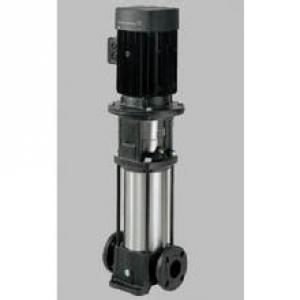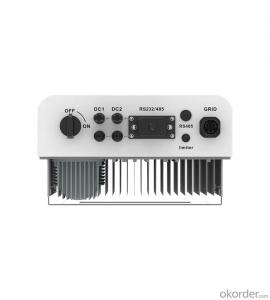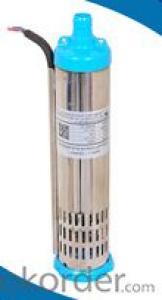Mppt Solar Pump Inverter
Mppt Solar Pump Inverter Related Searches
Mppt Solar Inverter Mppt Solar Power Inverter Mppt Inverter Solar Mppt Inverter For Solar System Mppt Solar Hybrid Inverter Mppt Based Solar Inverter Mppt Hybrid Solar Inverter Microtek Mppt Solar Inverter China Mppt Solar Inverter Mppt Solar Inverter Charger Mpp Solar Power Inverter 12v Mppt Solar Inverter Apollo Mppt Solar Inverter Best Mppt Solar Inverter Mppt Solar Inverter 24v Mpp Solar Inverter Dual Mppt Solar Inverter Mppt Solar Inverter Price Mppt Solar Inverter 48v 24v Mppt Solar Inverter 24 Volt Mppt Solar Inverter Mpp Solar Charger Inverter Solar Pump Inverter 1kw Mppt Solar Inverter 2kw Mppt Solar Inverter 3 Mppt Solar Inverter Mpp Solar Hybrid Inverter 5kw Mppt Solar Inverter Mppt Solar Inverter 5kw Inverter Solar PumpMppt Solar Pump Inverter Supplier & Manufacturer from China
The Mppt Solar Pump Inverter is a cutting-edge product designed to optimize the performance of solar-powered water pumping systems. It employs Maximum Power Point Tracking (MPPT) technology to ensure that the solar panels operate at their maximum efficiency, thereby maximizing the energy conversion from sunlight to electricity. This advanced inverter is engineered to handle various solar panel configurations and provides a reliable and efficient solution for off-grid water pumping applications.The Mppt Solar Pump Inverter finds its application in a wide range of scenarios, such as agricultural irrigation, livestock watering, and remote area water supply. It is particularly useful in areas where access to grid electricity is limited or non-existent, as it enables the utilization of renewable solar energy for pumping water without the need for diesel generators or grid connection. This not only reduces operational costs but also contributes to environmental sustainability by minimizing reliance on fossil fuels.
Okorder.com is a reputable wholesale supplier of the Mppt Solar Pump Inverter, boasting a large inventory to cater to the varying needs of customers worldwide. With a commitment to quality and customer satisfaction, Okorder.com offers competitive pricing and reliable service, ensuring that businesses and individuals can access this innovative technology at a reasonable cost. By partnering with Okorder.com, customers can be confident in the performance and durability of their Mppt Solar Pump Inverters, as well as the support they receive throughout the purchasing process.
Hot Products









































